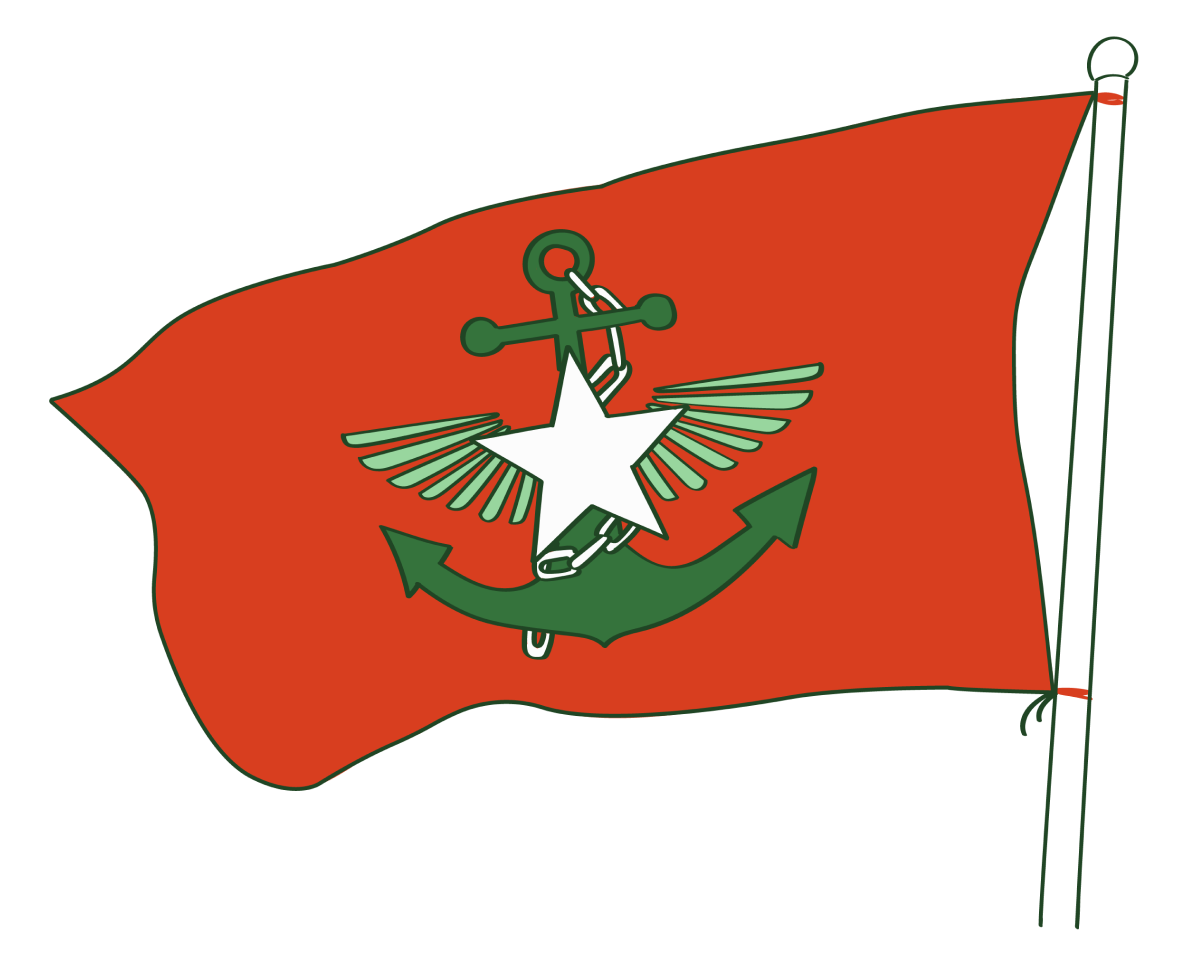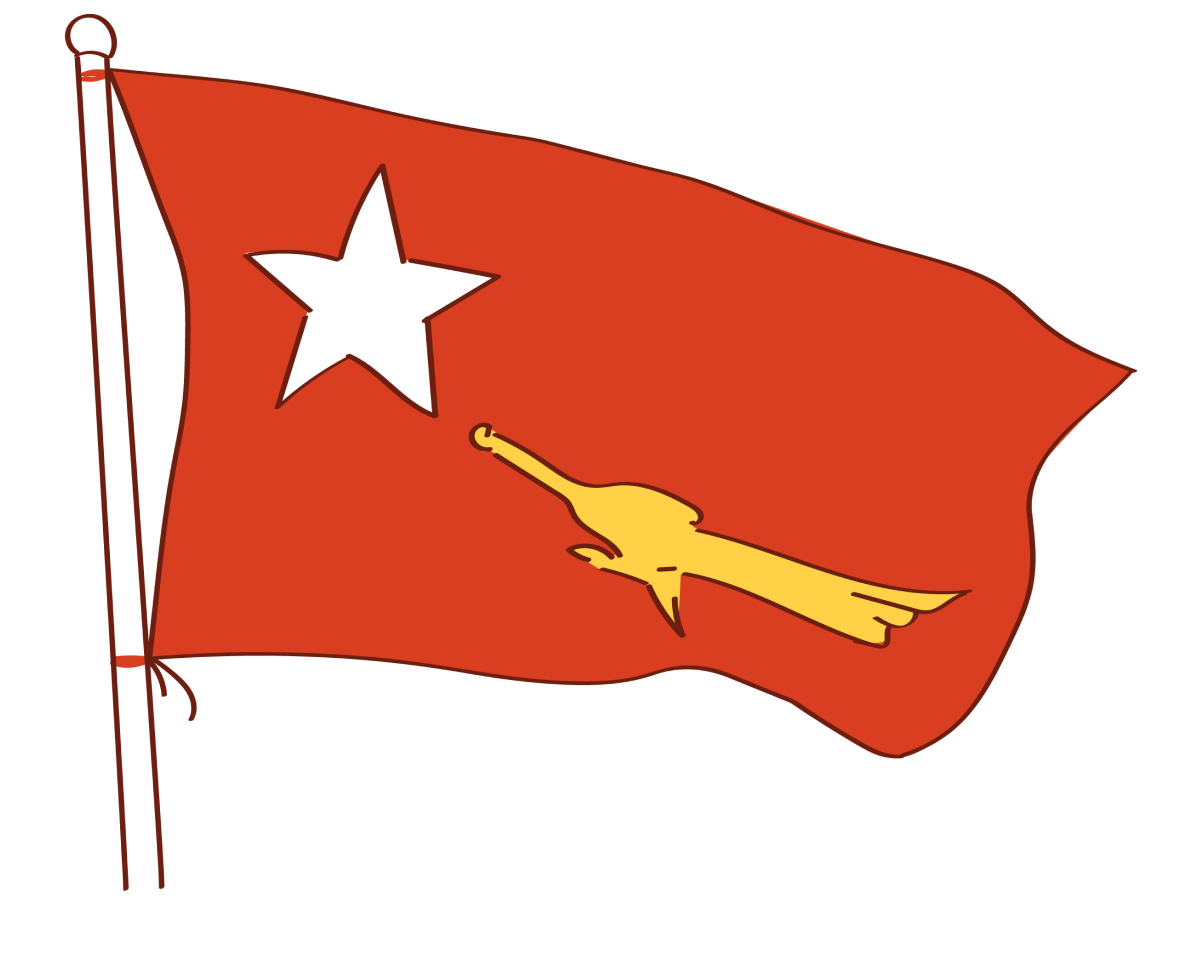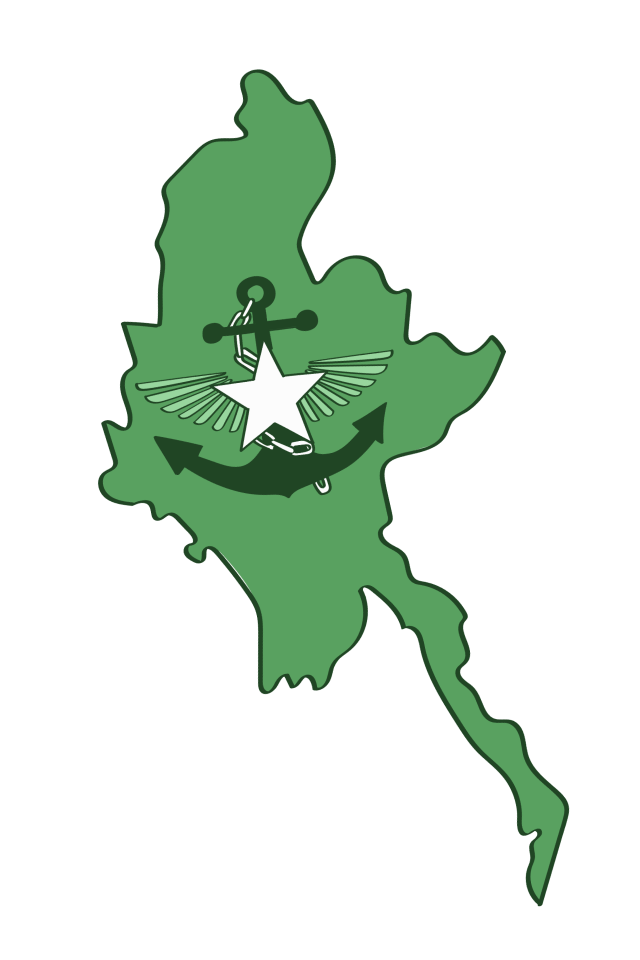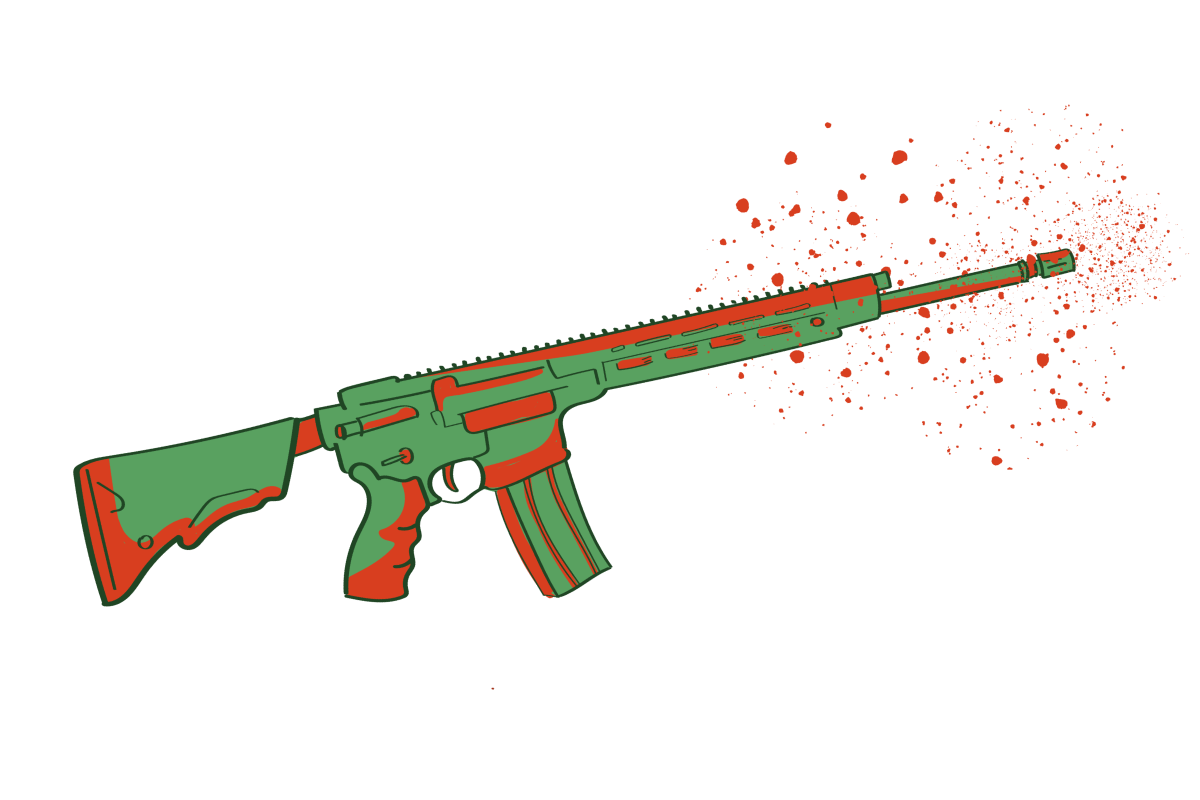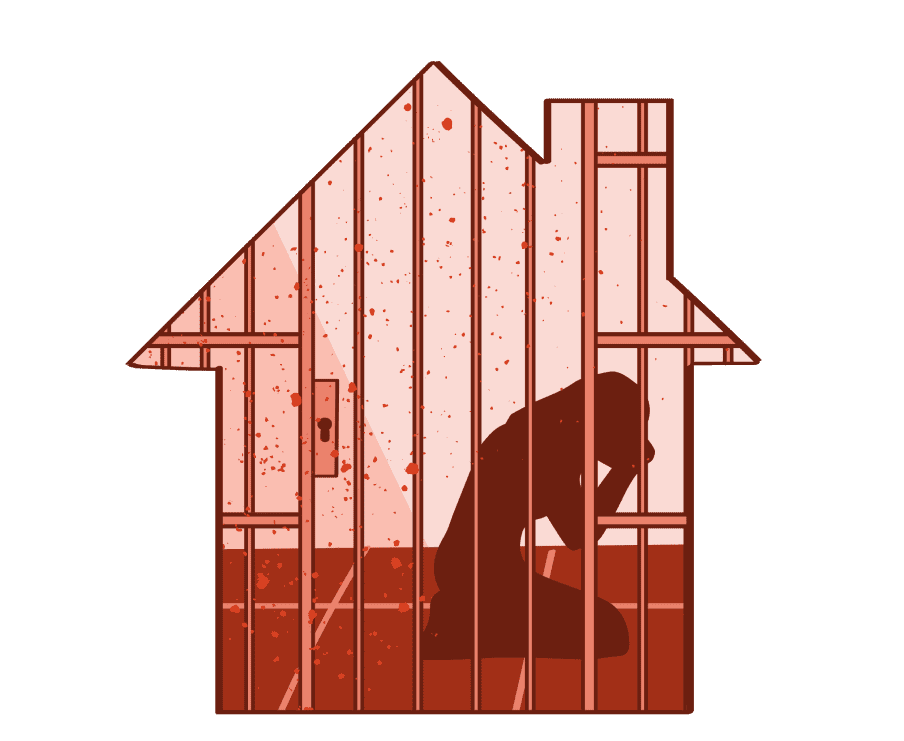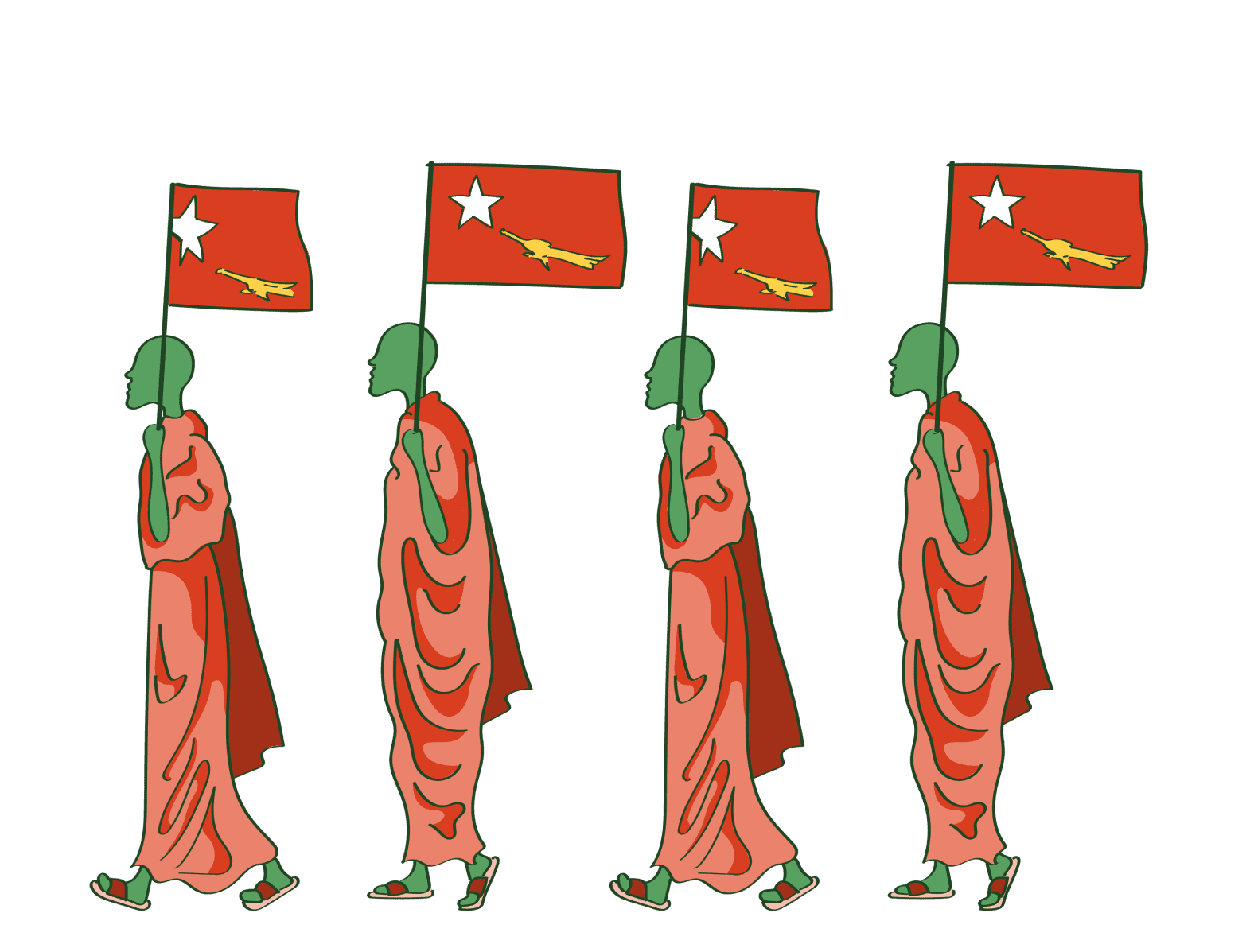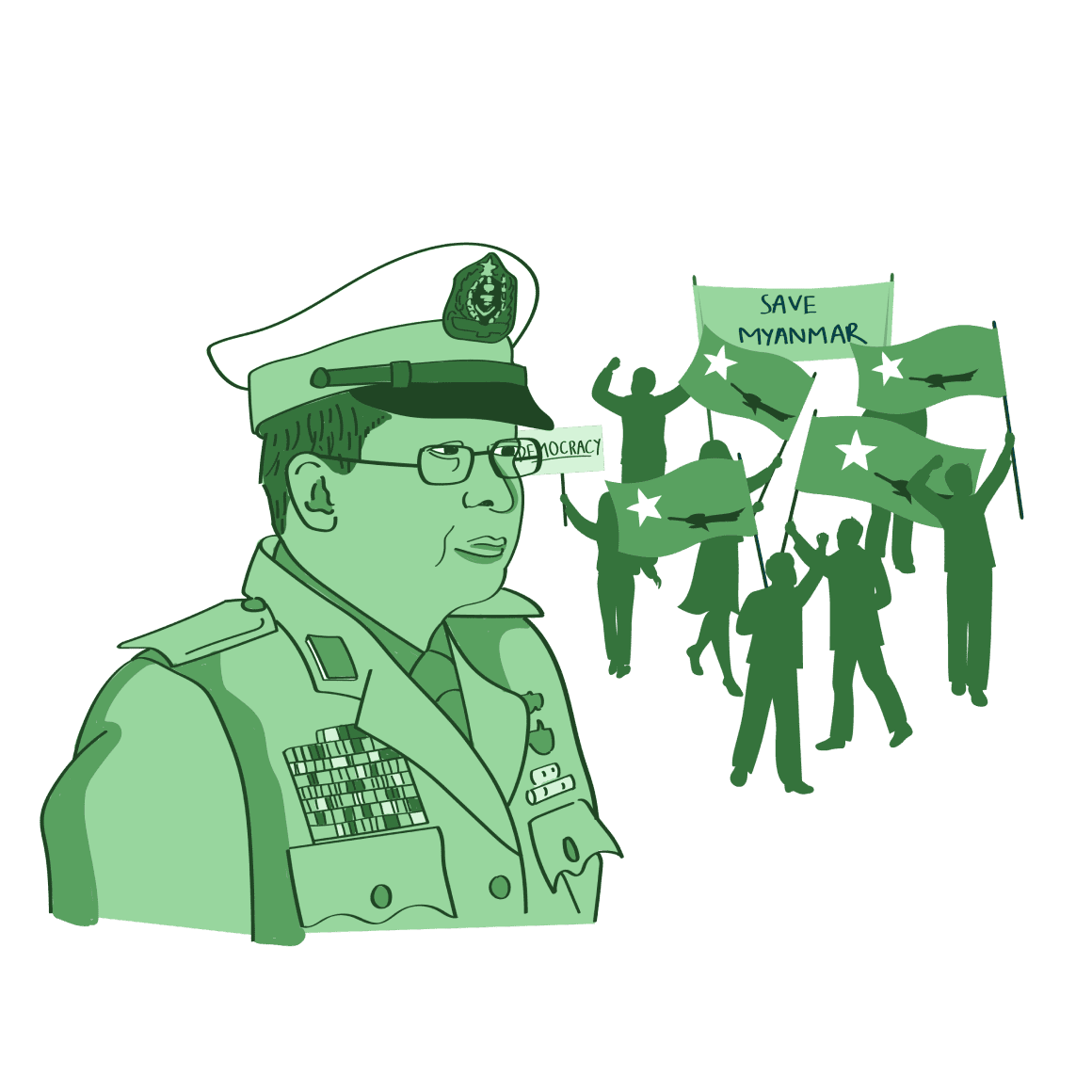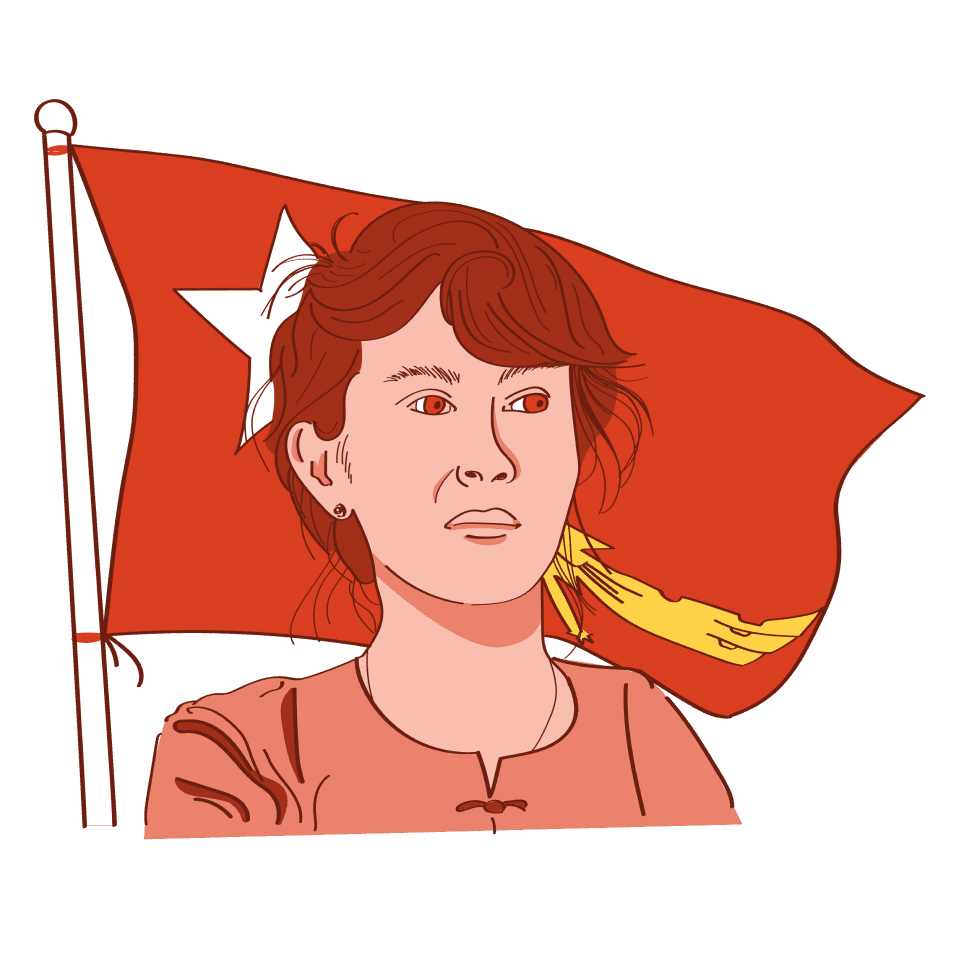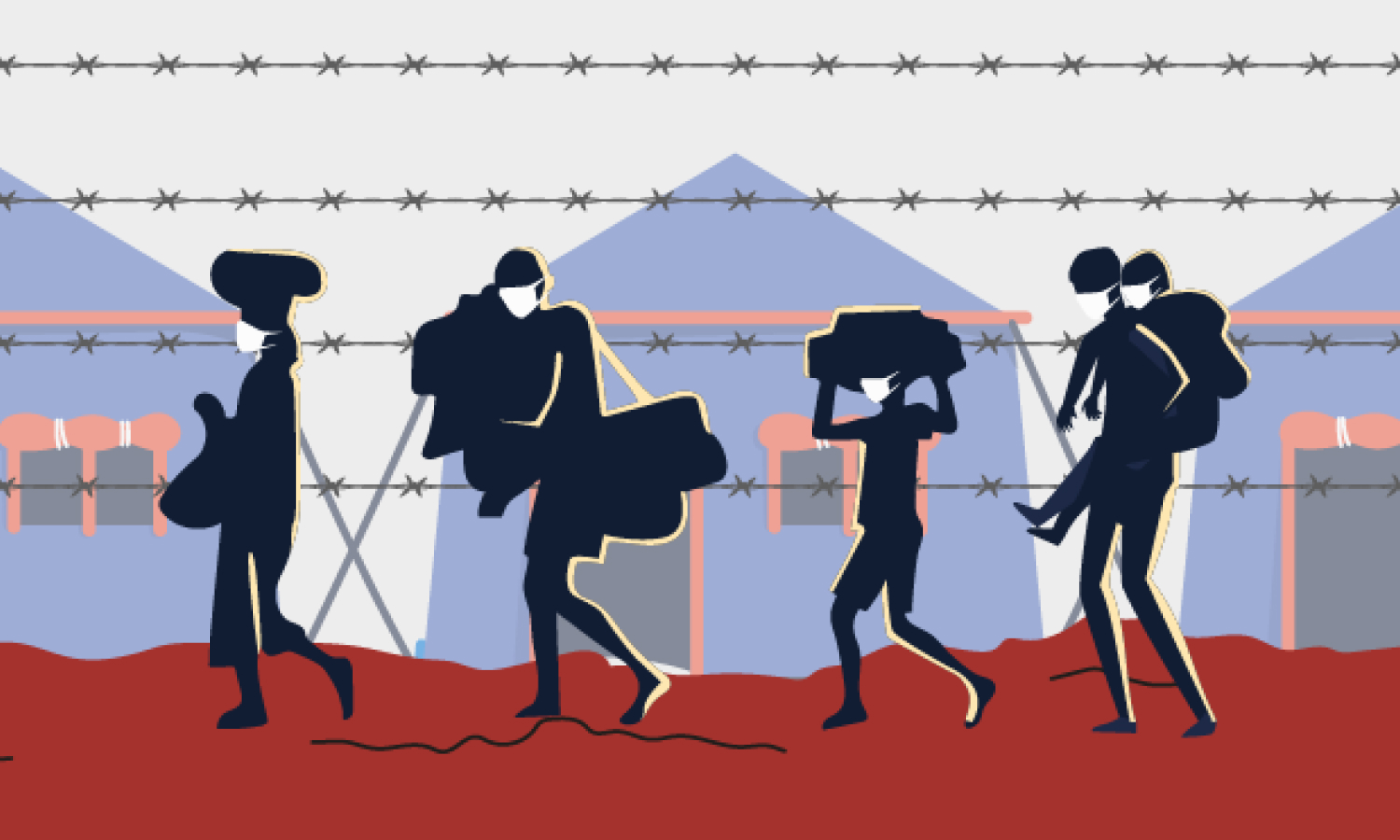Earlier this year in Myanmar, the country’s military seized power from the democratically elected National League of Democracy (NLD) and detained key members of the party, including its leader Aung San Suu Kyi.
The nation descended into turmoil overnight.
In the largest show of force since 2007’s Saffron Revolution, over 150,000 civilians took to the streets to protest this undemocratic intervention. These protests, led by young people who grew up with the country’s democratic reforms, drew inspiration from recent fights for freedom around the region.
The Myanmar people and the junta
Myanmar has had a complicated political history. In 1962, 14 years after the country gained independence, the military overthrew the first civilian government. They accused the government of failing to crack down on the growing separatist movements within ethnic minority groups.
Following that, Myanmar was governed by the military junta until 2011, before making its shaky transition to democracy in 2015. However, the overwhelming popularity of NLD leader Suu Kyi has not only threatened the military’s interests, but the presidential ambitions of its chief, Min Aung Hlaing.
The latest coup has revealed the fragility of this power-sharing system between the military and the civilian government, and revealed who really holds the power in this quasi-democracy.



